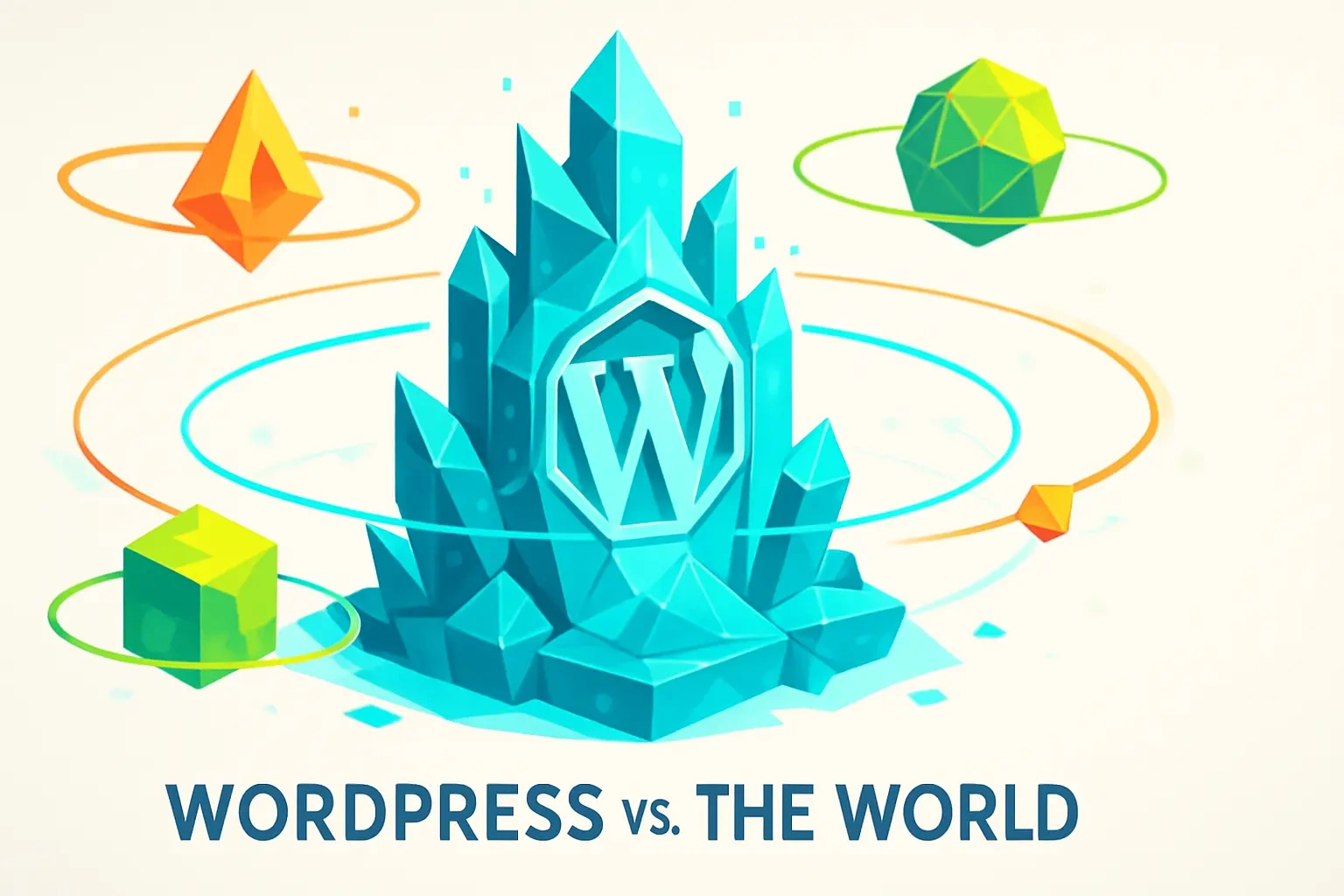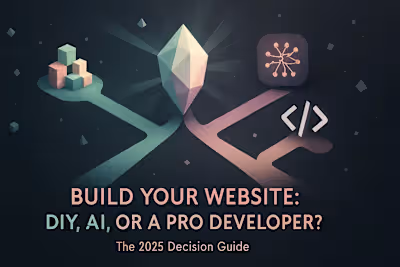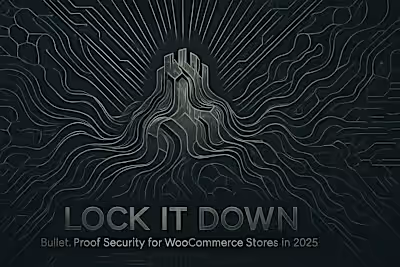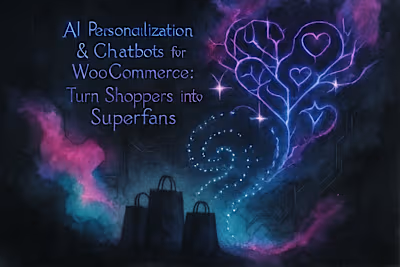WordPress vs. The World: Your Ultimate Guide to Choosing a Website Platform in 2025

WordPress vs. The World: Your Ultimate Guide to Choosing a Website Platform in 2025
Understanding the CMS Landscape in 2025
What is a Content Management System?
Key Players and Market Share
Head-to-Head: WordPress vs. All-in-One Website Builders (Wix, Squarespace)
Flexibility and Customization
Ownership and Control
Ease of Use and Learning Curve
E-commerce Showdown: WordPress (with WooCommerce) vs. Shopify
Transaction Fees and Pricing Models
Scalability and Store Management
Customization for Niche Markets
The Modern Web: WordPress vs. Headless CMS
What is a Headless CMS?
When to Go Headless
Making Your Decision: A Quick-Reference Checklist
References
WordPress vs. The World: Your Ultimate Guide to Choosing a Website Platform in 2025
Understanding the CMS Landscape in 2025
What is a Content Management System?
Key Players and Market Share
Head-to-Head: WordPress vs. All-in-One Website Builders (Wix, Squarespace)
Flexibility and Customization
Ownership and Control
Ease of Use and Learning Curve
E-commerce Showdown: WordPress (with WooCommerce) vs. Shopify
Transaction Fees and Pricing Models
Scalability and Store Management
Customization for Niche Markets
The Modern Web: WordPress vs. Headless CMS
What is a Headless CMS?
When to Go Headless
Making Your Decision: A Quick-Reference Checklist
References
Posted Jul 6, 2025
Can't decide between WordPress, Shopify, Wix, or a headless CMS? This guide breaks down the pros and cons of each to help you pick the perfect platform for your 2025 goals.










